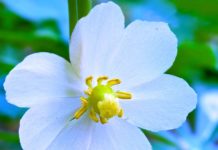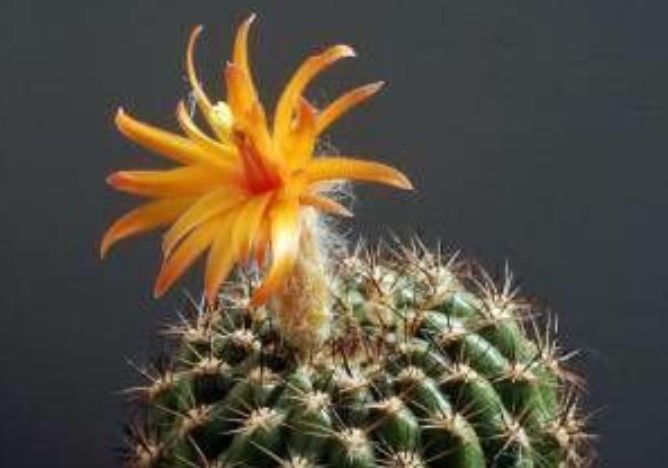Philodendron means “tree loving,” inspired by the tree-climbing habit of many South and Central American jungle plants. Some species are not jungle plants. Philodendron is a large genus of flowering plants in the Araceae family.
Some species are not so vining in their habit, however, forming new growth at the base, branching, and creeping along the ground; these are known as the “self-heading” types. Philodendrons may seem like rather mundane plants, simply because they are so common and because they are so easy to grow.
Further, philodendrons are quite often perplexed by pothos plants. Whereas the leaves of these two plants are alike in shape, pothos plants are more often than not variegated with splotches of yellow or white color. Pothos is a much smaller plant as well and is often sold in hanging baskets.
Anyone can grow a philodendron. But they can be used in interesting ways—cascading from indoor balconies, for instance. And they’re are many species and cultivars you have probably never heard of but might like to grow once you start to explore them. The most familiar philodendron, a vining plant with smooth, heart-shaped leaves, is sometimes called “heart leaf” and is known by three Latin names: Philodendron scandens, P. oxycardium and P. cordatum.
You also might try the vinnin P. bipennifolium, or fiddle-leaved philodendron, which has large, violin-shaped leaves when fully grown. Usually, however, philodendrons germinate on trees. Like many vining plants, it is often grown on a bark-covered support (usually a piece of wood). P. selloum, a sadle-leaved philodendron, has deeply lobed leaves and is a self-heading type, as is P. wendlandii, which looks something like a bird’s nest fern. There are also philodendrons, varieties with brightly colored or variegated leaves.
How do I grow a philodendron?
If you want to grow philodendrons, give them bright light if possible; they will tolerate low light but don’t like strong, direct sun. Philodendrons have both aerial and subterranean roots. Like most houseplants, philodendrons don’t experience as much stress when moving from indoor to outdoor settings.
Moreover, average warmth and humidity are fine, though they prefer quite humid air, and the variegated ones like it pretty warm. Keep the soil evenly moist but not too wet, and feed about once a month with a liquid houseplant fertilizer. Feed less in winter and a bit more in spring and summer.
They like an average potting soil with organic matter and should be re-potted only when very root-bound. Pinch straggly, vining specimens if you want them bushier. They are propagated very easily from stem cuttings and tip cuttings for vining types.
Also, read Trumpet Vine – Hummingbird’s Favorite Flower







